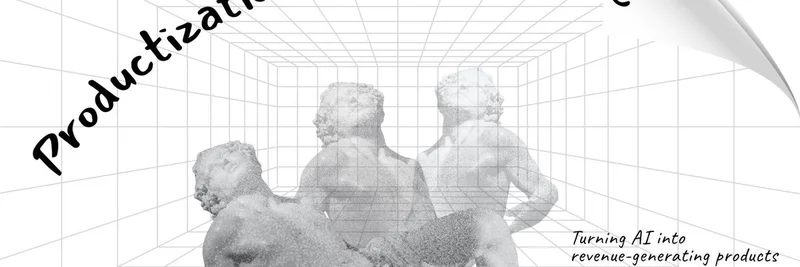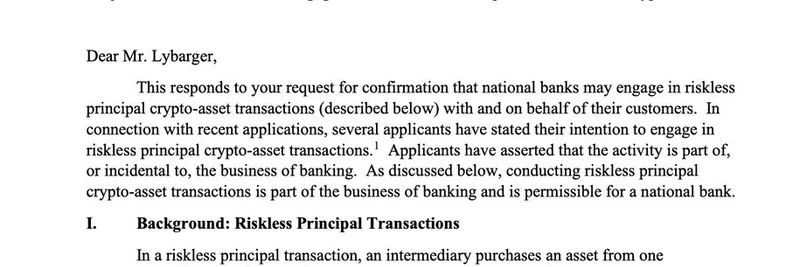In the fast-paced world of blockchain and crypto, where hype often outpaces real-world utility, a recent tweet from @Defi0xJeff caught our eye here at Meme Insider. As a former DeFi expert and current AI enthusiast, Jeff dives into the tough reality of turning AI tech into something that actually makes money—especially in the decentralized space. His post highlights the struggles and potential breakthroughs for Web3 AI teams, which could have big implications for AI-themed meme tokens and the broader crypto ecosystem.
Jeff starts with a stark truth: "$1 spent on AI Infra ≠ $1 in revenue." In plain terms, pouring money into AI infrastructure—like servers, data, and models—doesn't automatically translate to profits. Even giants like OpenAI, which boasts billions in Annual Recurring Revenue (ARR, basically the predictable yearly income from subscriptions and deals), aren't cash flow positive yet. They're burning through cash on massive compute costs for training advanced AI models.
He traces OpenAI's path as a case study. Founded in 2015, they spent years (2016-2019) in pure research mode with zero revenue. It wasn't until 2020, with GPT-3's API release, that they landed Microsoft as a client and started earning. ChatGPT's viral explosion in late 2022 supercharged growth: 100 million users in months, leading to paid subscriptions like ChatGPT Plus at $20/month. By 2023, revenue hit hundreds of millions, climbing to billions in 2024 and projected $12-13 billion ARR in 2025. But despite this, OpenAI loses billions annually—Bloomberg estimates they need $125 billion in revenue to break even.
Now, flip this to Web3, where things get trickier. Decentralized AI (DeAI) projects lack the deep moats (competitive advantages) of centralized players. Monetization is murky, and scaling R&D is a grind. Jeff points out that even with top models available, competition erodes profits: "$1 of resources spent ≠ $1 of revenue."
This is where projects like Bittensor come in clutch. Bittensor is a DeAI network that uses its native token, $TAO, to incentivize participants—miners, validators, and developers—to contribute compute and intelligence. These incentives offset the heavy costs of R&D, capital expenses (CAPEX), and operations. But even here, most "subnets" (specialized networks within Bittensor) struggle to productize their AI infra into revenue-generating products.
Jeff teases a deeper dive into Web3's top moats (unfortunately, the full Substack post is behind a paywall for subscribers), but the intro alone is gold for anyone in crypto. For meme token fans, this resonates because AI hype has spawned tons of tokens—like those riding the Grok or Turbo waves—but few deliver real utility. Understanding productization could separate fleeting memes from ones with staying power, especially if they tie into DeAI ecosystems like Bittensor.
At Meme Insider, we're all about demystifying crypto trends. Insights like Jeff's remind us that while meme tokens thrive on community and virality, blending them with genuine tech progress (like DeAI monetization) could unlock next-level value. If you're into blockchain AI, check out the original tweet here and subscribe to his Substack NO BS AI & The After Hour for the full scoop.
What do you think—will DeAI crack the revenue code before traditional AI labs? Drop your thoughts in the comments, and stay tuned for more on emerging meme token trends!




